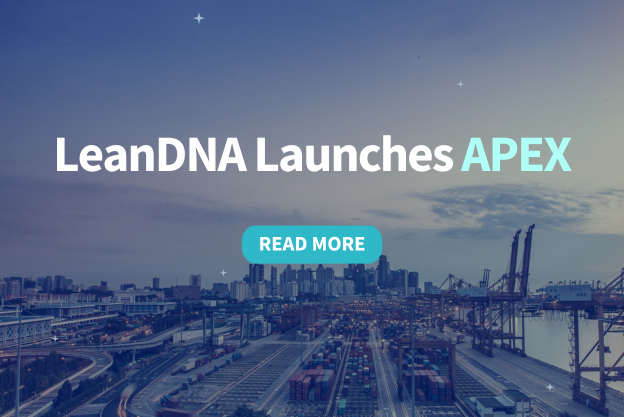We recently had the privilege of hosting a webinar with Lora Cecere, Founder of Supply Chain Insights to explore what it takes to synchronize supply and bridge gaps within the supply chain.
Top 3 Takeaways from the Webinar
- Synchronizing Supply Is a Black Hole: Begin by measuring your estimated versus actual supply performance to gain insights into synchronization gaps.
- Enhance Available-to-Promise (ATP): Incorporate Clear to Build insights to map your current ATP performance versus actuals, revealing hidden opportunities for improvement.
- Variability Is Increasing: Connect supplier performance data directly to your buying strategy to mitigate risks and use these insights in your planning process.
Click here to watch the full on-demand webinar or keep reading for more key insights from the discussion.
Synchronizing Supply: Why It Matters
To tackle the complexities of supply chain synchronization, Lora first clarified key terms that often get confused:
- Integration: This is about seamless data movement between systems.
- Interoperability: Ensures different systems can communicate and remain compatible through upgrades.
- Synchronization: Aligning processes to work together in harmony, in real-time.
Synchronization, Lora shared, is the ultimate goal, but it's where many companies fall short. Research by Supply Chain Insights found that while 80% of manufacturing and procurement teams see alignment as vital, only 32% feel they've achieved it. Why is that?

Conflicting Objectives Within Teams
Supply chains are composed of many different teams, each with their own objectives. Here’s a snapshot of typical priorities by team: :
- Sourcing: Stable volume, large quantities, and extended lead times.
- Manufacturing: Long production runs, stable volume, and high buffer inventory.
- Logistics: Less inventory, smoother flow, fewer SKUs, and full truckloads.
- Sales/Customer Service: Availability, flexibility, and quick response times.
These conflicting priorities can result in silos and miscommunication. Traditional supply chain planning architectures often fail to close this alignment gap, leading to inefficiencies and a lack of actionable insights.
Enhancing Data & Visibility
Lora highlighted how critical supply chain visibility is, especially in today’s volatile market conditions. According to recent research, supply chain visibility and demand/supply volatility rank as the top challenges for manufacturing professionals.

One key issue? Data latency. Most organizations have critical blind spots in their supply chains because data around available capacity, purchase orders, forecasting, and inventory signals can take more than three days to process and take action on. This lag can make it nearly impossible to respond effectively to sudden changes in supply or demand.

Bridging Gaps with LeanDNA’s Approach
Richard Lebovitz, LeanDNA's Chief Strategy Officer took the conversation forward, focusing on how LeanDNA addresses these challenges through synchronized supply chain processes. According to the 2024 Supply Chain Readiness Index, 76% of supply chain executives admit to having critical blind spots due to a lack of predictive data. This is where a shift in approach is necessary.
Richard shared a compelling example of how LeanDNA worked with Modine, a leader in thermal management systems. Modine faced several issues:
- Manual, Inefficient Supply Chain Processes: Leading to inefficiencies and hindering performance.
- Lack of Analytics Across Sites: They needed more comprehensive insights across the supply chain.
- Need for Digital Transformation: An urgent need for predictive analytics and execution tools.
LeanDNA's intelligent supply chain execution software was able to help Modine predictively balance supply and demand, synchronizing procurement and production for better outcomes. As a result, Modine saw a:
- 40% reduction in material shortages
- 50% reduction in supplier past dues
- 10% reduction in inventory
Final Thoughts
The key to supply reliability in today's variable world lies in synchronization, enhanced visibility, and strategic alignment. As Lora and Richard discussed, traditional supply chain planning may not be enough to close these gaps. It’s about shifting toward proactive, predictive management that brings all teams onto the same page.
If you missed the webinar, we highly recommend you watch the on-demand recording. It’s packed with actionable insights and real-world examples that can help you start improving your supply chain reliability today.
Ready to take the next step? Contact us to learn how LeanDNA can support your journey towards a more synchronized, reliable supply chain.






